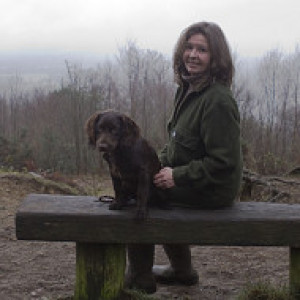Chanterelle
I would imagine that, apart from the Horse Mushroom, Chanterelles, Cantharellus cibarius must be the most commonly know edible fungus. They grow on mossy banks under deudicious trees, most commonly Beech and Chestnut, although they are happy under most frondose trees in Britain.
I struggle to find them in Surrey. They're most probably over picked here but I've seen them in quantities in Scotland that made my eyes pop.
I started learning about fungi in Italy, with my sister in law and her family, many years ago. They would only pick about 5 varieties, the knowledge of which was passed down from previous generations. They would not touch or eat any other fungi.
My fascination grew as I found others that picked different varieties and learnt from them as well. The most important information they taught me. was what not to pick.
From there my curiosity went beyond the simplicity of the harvest, so I started to look deeper into the world of this incredible genera, that has so much importance for our environment and ecology.
If you were to look closely on your skin, you would find microscopic fungus growing on it.
Penicillium is an ascomycetous fungi. It's important not only as an anti biotic and for food production but has a major importance within the environment.
The largest fruiting body of fungi on the planet was discovered in China in 2011, 10 metres long, 80 centimetres wide and weighing half a ton.
The largest area covered by a single fungus is a Honey Fungus in Oregon, estimated to cover over 2,200 acres and be at least 2,400 years old and possibly older.
It's a fascinating world!
- 9
- 0
- Canon EOS 7D
- 1/100
- f/2.8
- 54mm
- 800

Comments
Sign in or get an account to comment.


